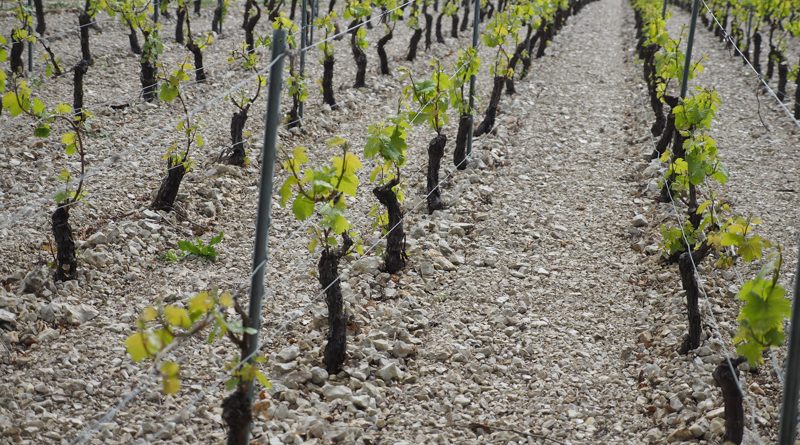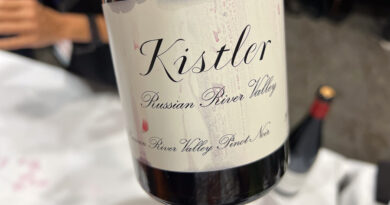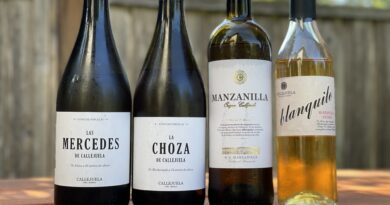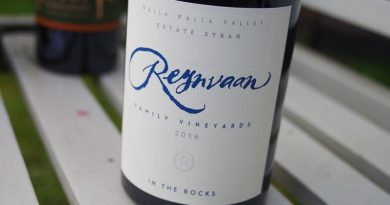Petit Chablis study
The ‘Petit’ in the name can be a misnomer. These wines often come from interesting terroirs.
I was so surprised when I saw the soils of the vineyards of Petit Chablis for the first time. The ‘Petit’ in the name makes you think they are lesser terroirs with little merit. But they are just different. The Chablis, Premier Cru Chablis and Grand Cru Chablis vineyards are on the slopes, on Kimmeridgian limestone. The Petit Chablis vineyards are on the top of the hills, on younger Oxfordian limestone (see the picture above for an example). But they are still amazing vineyard soils. So tonight I opened three Petit Chablis wines and compared them. I reckon that Petit Chablis vineyards farmed well could make some really interesting wines. These three wines were all quite lovely.

Olivier Tricon Petit Chablis 2017 Burgundy, France
12.5% alcohol
This is sharp and focused with bright lemony fruit, but also some apple, mandarin and subtle cabbage hints. There’s a stony minerality, too, with a really nice acid line. Such precision and balance here. Long, stony finish with a lemony kick. 92/100
Domaine Séguinot-Bordet Petit Chablis 2018 Burgundy, France
12.5% alcohol
This is bright with a pithy edge to the compact, concentrated lemon and pear fruit. It’s a primary, bright, direct wine with keen acidity and a zippy finish. Pure with lovely fruit intensity. 89/100
Union des Viticulteurs de Chablis Petit Chablis 2018 Burgundy, France
12% alcohol
This is a fresh, expressive wine. There’s a subtle herbal edge to the supple, bright lemon and mandarin fruit. It’s juicy and expressive with good acidity. Some stoniness on the finish. 88/100
Find these wines with wine-searcher.com




